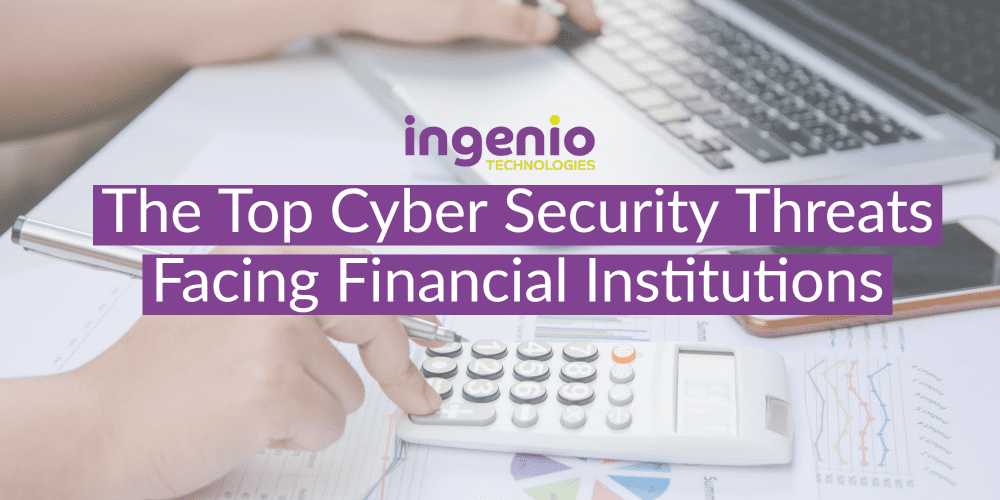Financial institutions are prime targets for cyberattacks due to the vast amounts of valuable personal and financial data they hold.
Why are financial institutions targeted for cyber-attacks?
Financial businesses are prime targets for cyber-attacks due to the sensitive and valuable data they hold. These businesses typically collect and store personal and financial information from their customers, such as bank account numbers, credit card details, and social security numbers. This information is highly valuable to cybercriminals, who can use it to commit fraud, identity theft, and other financial crimes.
Additionally, financial businesses often have complex IT systems and networks that can be vulnerable to cyber-attacks. These systems may be used to process transactions, store customer data, and provide online banking services, among other functions. If these systems are compromised, it can result in significant financial losses and damage to the business’s reputation.
Furthermore, financial businesses are subject to stringent regulations and compliance requirements, such as the Payment Card Industry Data Security Standard (PCI DSS) and the Gramm-Leach-Bliley Act (GLBA). These regulations require businesses to implement robust cyber security measures and report any security incidents promptly. Failure to comply with these regulations can result in significant financial penalties and damage to the business’s reputation.
Financial businesses are targeted for cyber-attacks because they hold valuable data, have complex IT systems, and are subject to stringent regulations. By understanding the risks and implementing robust cyber security measures, financial businesses can reduce their risk of cyber-attacks and protect their sensitive data.
This blog will explore the top cyber security threats facing financial institutions today.
Phishing Attacks
Phishing attacks are one of the most common cyber threats facing financial institutions. These attacks involve fraudulent emails, text messages, or phone calls that impersonate a legitimate entity to trick recipients into providing sensitive information, such as login credentials or financial information.
Financial institutions should train their employees to recognize phishing attempts and implement two-factor authentication for login credentials to prevent phishing attacks.
Ransomware Attacks
Ransomware attacks are a type of cyber-attack where malware is used to encrypt a victim’s data, rendering it unusable. Then, attackers demand payment in exchange for the decryption key to restore the data.
Financial institutions should implement robust backup and disaster recovery procedures to prevent ransomware attacks, maintain up-to-date software, and conduct regular vulnerability assessments.
Social Engineering Attacks
Social engineering attacks are a type of cyberattack that involves manipulating people into divulging sensitive information or performing actions that compromise security. Examples include pretexting, baiting, and tailgating.
To prevent social engineering attacks, financial institutions should educate employees on how to recognize and respond to social engineering tactics and implement strong access control measures.
Advanced Persistent Threats (APTs)
APTs are a type of cyber attack where an attacker gains unauthorized access to a network and remains undetected for an extended period. Nation-state actors or well-funded criminal organizations typically carry out these attacks.
To prevent APTs, financial institutions should implement advanced threat detection and response capabilities, such as intrusion detection systems and security information and event management (SIEM) solutions.
Insider Threats
Insider threats are a type of cyber threat that involves employees or contractors who intentionally or unintentionally compromise security. Examples include stealing data, accessing data without authorization, or accidentally introducing malware into a network.
Financial institutions should implement strong access controls and monitoring procedures to prevent insider threats, conduct regular security awareness training for employees, and implement data loss prevention (DLP) technologies.
In conclusion, financial institutions face a range of cyber security threats that can compromise the security of sensitive data and result in significant financial losses. However, by implementing robust cyber security measures, including employee training, advanced threat detection, and access control technologies, financial institutions can reduce their risk of cyberattacks and protect their sensitive data.
If you would like to discuss more about cyber security within your business, contact our experts on 01273 806211 or email [email protected].


